Marsabit, situated in northern Kenya, is a desert town with several notable attractions worth exploring. Here are some recommended places to visit in Marsabit:
Marsabit National Park
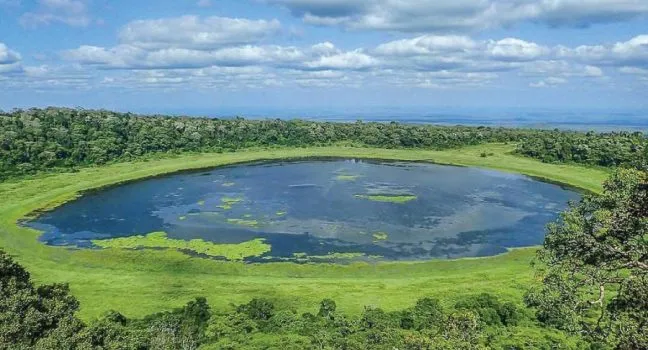
Marsabit National Park, located 35km from Marsabit town, is a biodiversity hotspot renowned for its diverse ecosystems and unique wildlife. Spread over 1,500 square kilometers, the park encompasses Mount Marsabit, an ancient extinct volcano surrounded by dense forests, open grasslands, and volcanic craters. Visitors to Marsabit National Park can encounter a variety of wildlife, including elephants, leopards, buffaloes, and numerous bird species. Additionally, the park offers opportunities for hiking, camping, and cultural experiences with the local Borana and Rendille communities. The entrance fee is ksh.300 for adults and ksh.215 for minors
Mt Marsabit
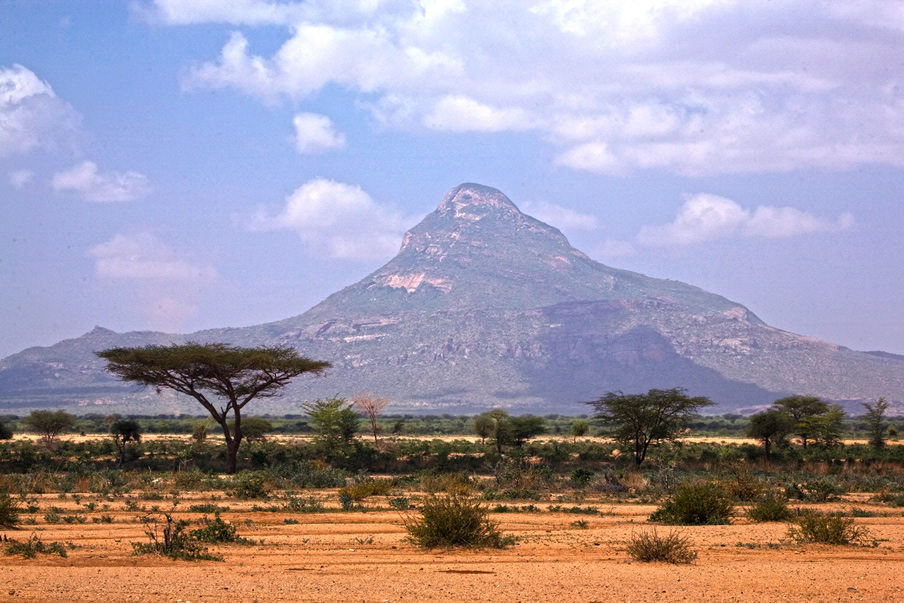
Mount Marsabit, a prominent landmark in northern Kenya 5.8km away from Marsabit town, is an extinct shield volcano rising approximately 1,700 meters above sea level. Surrounded by Marsabit National Park, this ancient geological formation boasts a diverse ecosystem of lush forests, volcanic crater, and montane grasslands. The mountain is a vital water catchment area, sustaining various wildlife species, including elephants, buffaloes, and unique birdlife. Mount Marsabit holds cultural significance for the local Borana and Rendille communities, who regard it as a sacred site. Visitors can embark on hiking expeditions to explore its scenic trails, encounter wildlife, and immerse themselves in the rich natural and cultural heritage of the region.
Loiyangalani Desert Museum
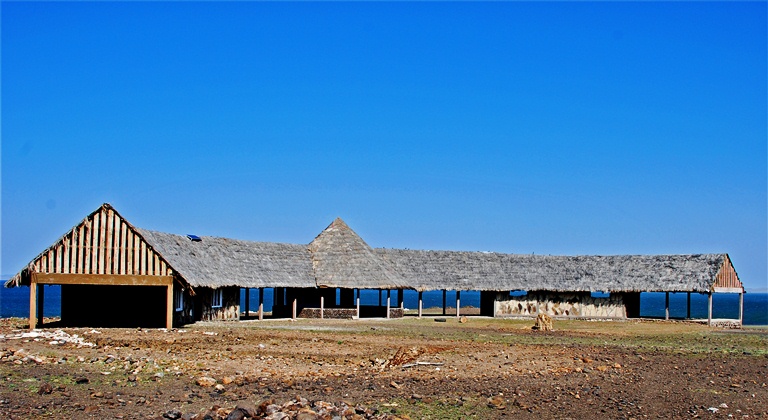
The Loiyangalani Desert Museum, situated 238 km from Marsabit town, Kenya, serves as a cultural and educational hub showcasing the indigenous cultures, history, and biodiversity of the region. The museum offers visitors a comprehensive insight into the traditional lifestyles, crafts, and beliefs of the local communities, including the El Molo, Rendille, and Turkana peoples. Exhibits feature artifacts, photographs, and interactive displays highlighting the desert’s flora, fauna, and geological formations. Additionally, the museum hosts cultural performances, workshops, and educational programs aimed at preserving and promoting the unique heritage of the area. It stands as a vital resource for both tourists and researchers interested in the desert’s rich cultural and natural heritage. Admission fee isksh.100 for adults and ksh.50 for minors.
El Molo Villages and Shrines
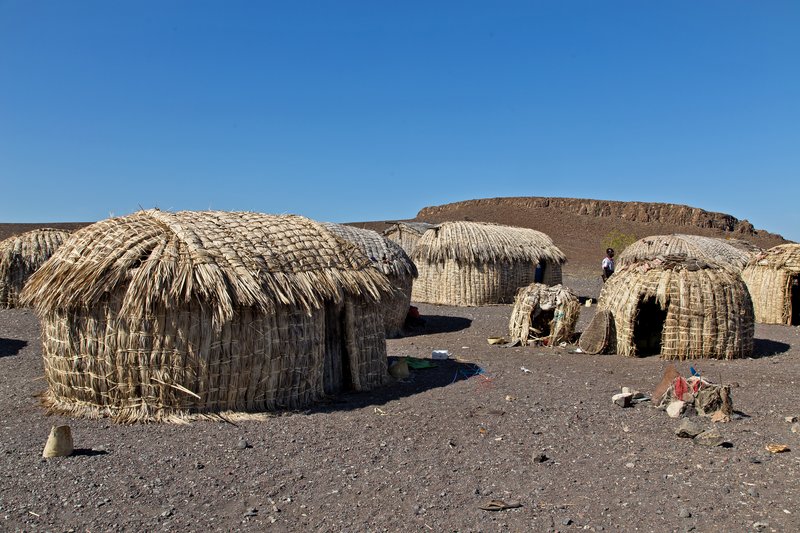
The El Molo, an indigenous community residing along the shores of Lake Turkana in Marsabit County, Kenya, maintain traditional villages and sacred shrines that reflect their distinctive way of life. El Molo villages are often composed of unique circular thatched huts, emphasizing their nomadic fishing lifestyle. These close-knit communities showcase traditional dances, rituals, and crafts, providing visitors with a glimpse into the El Molo’s rich cultural heritage. Sacred shrines, dotting the landscape, hold spiritual significance for the El Molo, serving as places of worship and cultural identity. These shrines are integral to their belief system, linking the community to their ancestral roots and spiritual practices.
Chalbi Desert
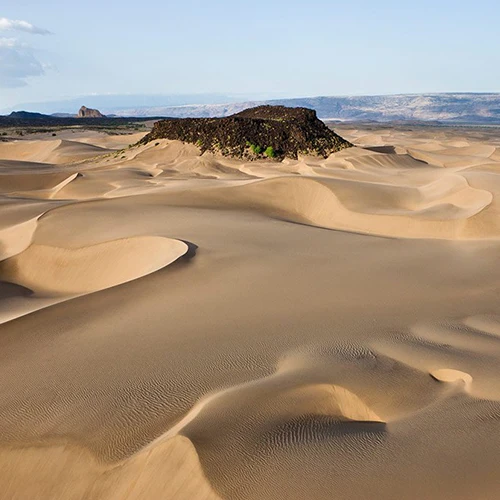
The Chalbi Desert, situated in northern Kenya’s Marsabit County, is a captivating expanse of arid terrain characterized by vast sand dunes, dry lake beds, and sparse vegetation. Covering approximately 100,000 square kilometers, it is Africa’s only true desert. Despite its harsh conditions, the Chalbi Desert supports a unique ecosystem of hardy plants and animals adapted to the arid environment. It offers breathtaking landscapes and unparalleled opportunities for adventure, including camel safaris, desert camping, and cultural encounters with the local nomadic communities. The desert’s stark beauty and remote wilderness attract adventurers and nature enthusiasts seeking an authentic desert experience in Kenya.
Mt Kulal
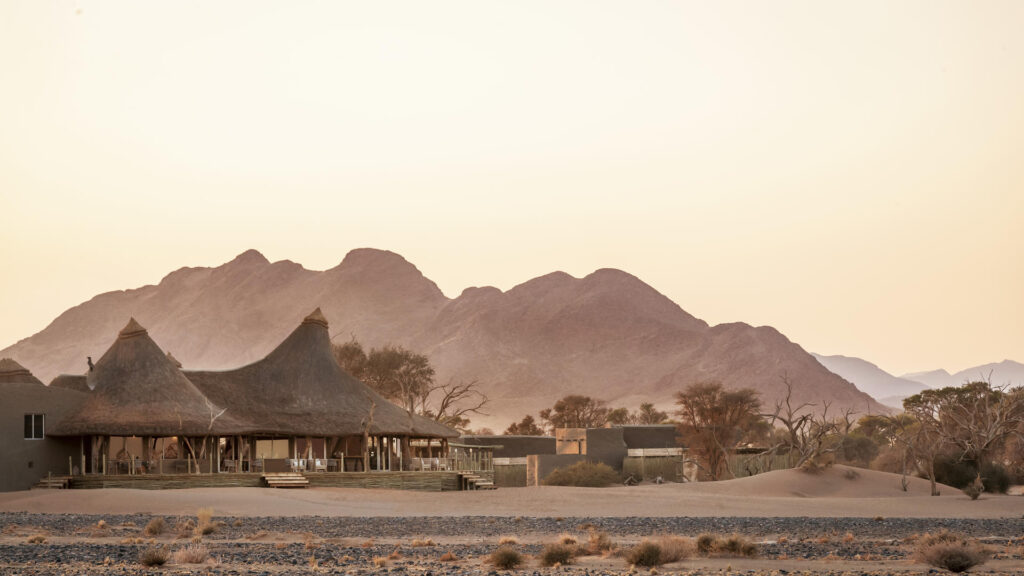
Mount Kulal, an eroded volcano situated east of Lake Turkana and 50 km from Loiyangalani, stands at a height of 2,293 meters, commanding the eastern horizon of the lake. Its rugged slopes, cloaked in dense forest, present an exhilarating hiking trail for adventurers. Ascending to the summit rewards trekkers with a breathtaking panoramic vista, offering sweeping views of Lake Turkana below and, on clear days, even stretching as far as Lake Victoria. Mount Kulal’s majestic presence and scenic beauty make it a compelling destination for hikers and nature enthusiasts seeking to immerse themselves in the raw wilderness of northern Kenya.
Kaisut Desert
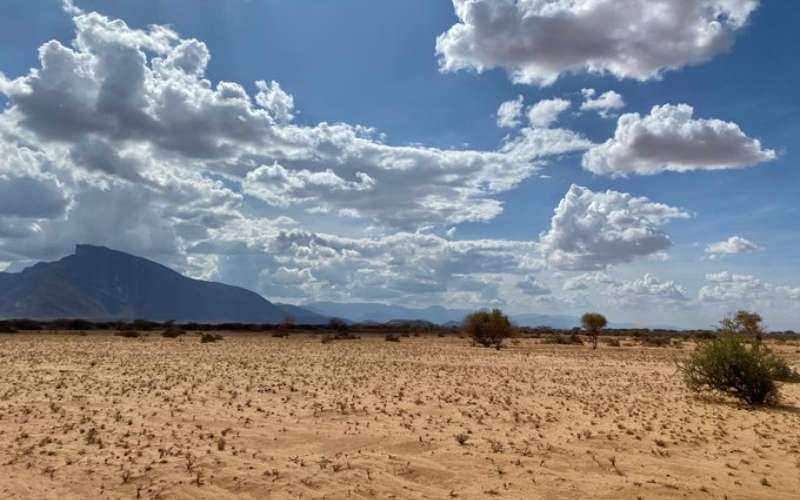
The Kaisut Desert,83km from Marsabit town, is a captivating landscape of rugged beauty and stark contrasts. Spread across an extensive area, it features rolling sand dunes, rocky outcrops, and dry riverbeds, sculpted by the forces of nature over millennia. Despite its arid conditions, the desert supports a diverse array of wildlife, including desert-adapted species such as oryx and gerenuk. For adventurers and nature enthusiasts, the Kaisut Desert offers unparalleled opportunities for exploration, with its remote and pristine wilderness beckoning travelers to embark on camel safaris, trekking expeditions, and immersive cultural experiences with the local nomadic communities.
Koobi Fora Museum and Site
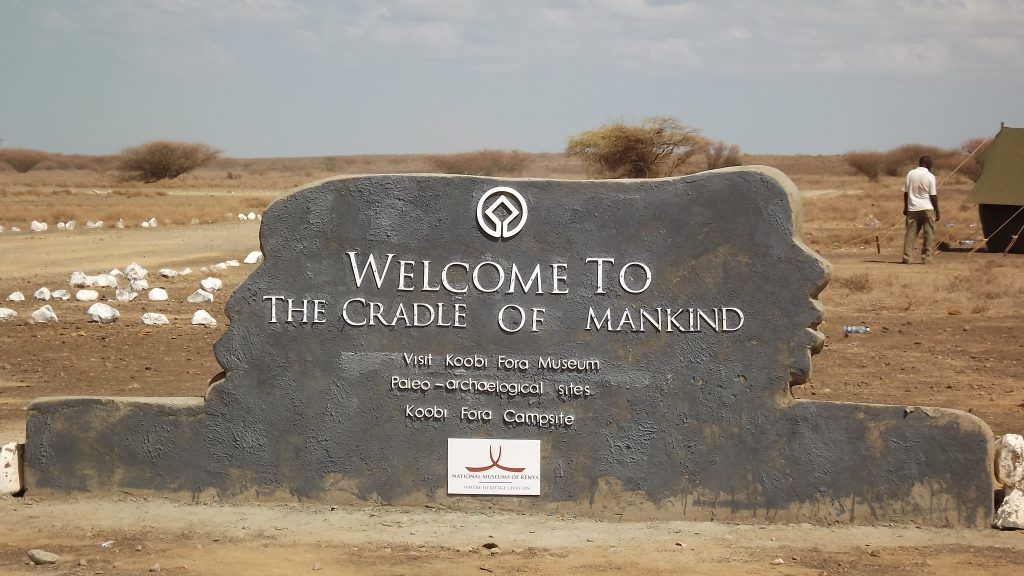
The Koobi Fora Museum and Site, situated along the eastern shores of Lake Turkana, stands as a testament to humanity’s ancient past and evolutionary journey. Renowned for its remarkable fossil discoveries, including hominid remains dating back over two million years, the site offers invaluable insights into human evolution and prehistoric life. The museum showcases a rich collection of fossils, artifacts, and geological specimens, providing visitors with a fascinating glimpse into the region’s geological history and the origins of humankind. Its significance as a UNESCO World Heritage Site makes Koobi Fora a must-visit destination for paleontologists, archaeologists, and curious travelers alike. The entry fee is ksh.100 for residents and ksh.500 for non_residents.
Gof Chache Desert Oasis
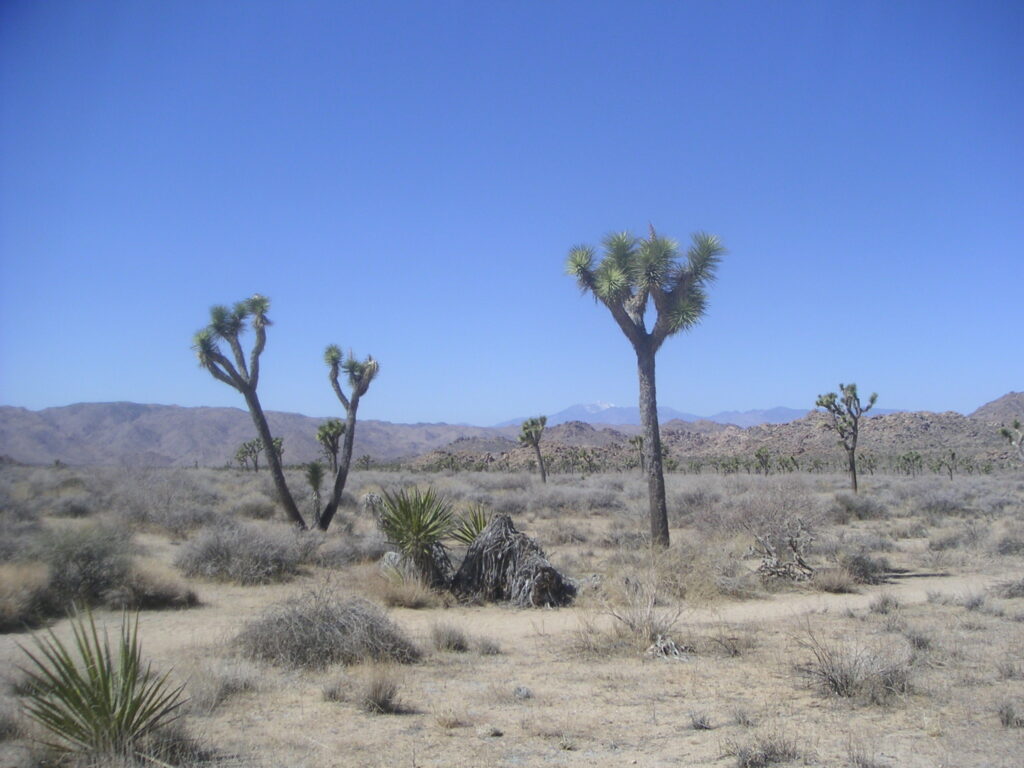
Gof Chache, nestled within the rugged landscapes of Marsabit, is a hidden gem of natural beauty and tranquility. This desert oasis, surrounded by arid terrain, offers a stark contrast with its lush vegetation and crystal-clear springs, providing a welcome respite for travelers. It serves as a vital water source for wildlife and a sanctuary for various bird species, making it a haven for birdwatchers and nature enthusiasts. Visitors to Gof Chache can relax by the serene pools, embark on guided nature walks, or simply marvel at the stark beauty of this remote desert oasis, immersing themselves in its peaceful ambiance.
Kalacha Camp and Rock Art
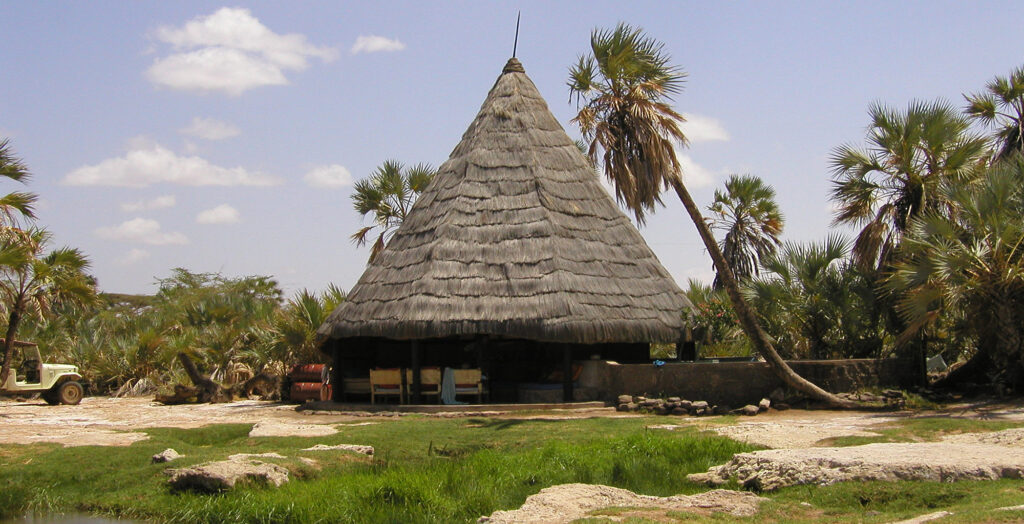
Kalacha Camp, nestled in the heart of Kenya’s Chalbi Desert, offers a unique retreat amidst the vast expanse of arid landscapes. This eco-friendly camp provides travelers with comfortable accommodations in traditional Rendille and Gabbra huts, allowing them to immerse themselves in the rich cultural heritage of the region. Beyond its cozy lodging, Kalacha Camp serves as a gateway to ancient rock art sites, where visitors can marvel at the intricate paintings and engravings left by early inhabitants thousands of years ago. Exploring these rock art sites offers a fascinating glimpse into the history and artistic expressions of past civilizations in the desert.
In conclusion, Marsabit presents a unique and captivating destination for adventurous travelers seeking to explore the rugged beauty and rich cultural heritage of northern Kenya.
10 Places to Visit in Baringo County.
10 Places to Visit in Laikipia County.
10 Places to Visit in Kisii County.
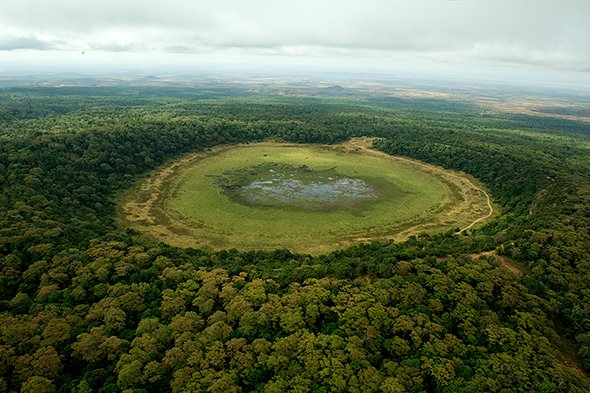
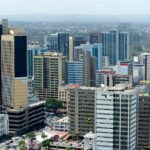

Pingback: 10 Hidden Gems of Baringo County. – My Blog